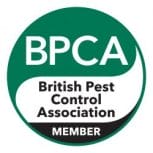Expert Ladybird Control Across Maidstone And Kent
Ladybirds are instantly recognisable, as most people are familiar with the bright red wing cases with black spots on many common ladybird species. However, that's not the only colour ladybirds come in. As there are are more than 40 different of ladybirds in the UK, there are many different patterns and colours, including black and yellow, white and brown, or even striped ladybirds.
Ladybirds mostly become a pest when they cluster whilst overwintering. During the colder months, they will hibernate in the same place, using pheromones to communicate with other ladybirds. When they gather in large groups, these insects can quickly go from being a beautiful sight to a ladybird infestation.
What You Need to Know About Ladybirds
In the UK, there are around 40 species of ladybird. Among the most common species of ladybird is the two-spot ladybird, which is up to 5mm in size. There is also the larger seven spot ladybirds which are up to 8mm long.
These are both native species, but one invasive ladybird that we see often in the UK is the harlequin ladybird. Harlequin ladybirds are one of the most invasive insect species in the world, and since they arrived from Asia in the early 2000s, these ladybirds have taken over many UK gardens and outdoor spaces.
Harlequin ladybirds can look similar to native species, but their voracious consumption of other insects throughout the landscape, including other ladybirds, means that you can quickly have a harlequin ladybird infestation on your hands.
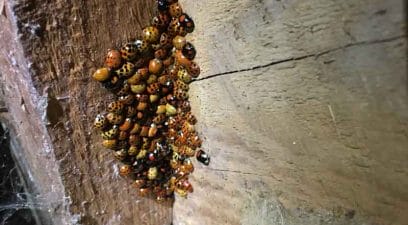
All ladybirds are brightly coloured because this is their defence mechanism. Their colours warn predators of their bitter taste to stop them from getting eaten, helping them to survive for longer. They are also able to exude a yellow oily fluid that has a deeply unpleasant smell to help them get away from dangerous situations.
While their beautiful appearance might fool you into thinking ladybirds are harmless, they’re actually highly predatory insects. Both adults and larvae are carnivores and feed on aphids and small insects such as green flies. Some ladybirds also eat certain plants, so they can be destructive in large numbers.
During the winter, ladybirds can be particularly difficult to deal with, especially if they enter your property to hibernate. If they do, then you might need expert pest control to get rid of the pests for good. Call 01622 296055 to get a quote for ladybird control today.
How To Deal With A Ladybird Infestation In Kent
Ladybirds are not considered prolific pests, and one single adult ladybird probably won’t cause too many issues. In fact, a small number of ladybirds can provide natural pest control for your garden.
However, when there are lots of ladybirds present in your space, particularly inside your home, such as in your loft space, they can become difficult to deal with. Also, if you have a harlequin ladybird infestation, it can cause problems for the local insect population.
So, while they’re not the most destructive pests, ladybirds can cause issues. One major problem is that they secrete a foul-smelling yellow liquid when frightened, which can damage your furniture and property. So, while ladybirds in your garden can be considered a good thing, if they enter your home, or if there are a large swarm of ladybirds, then this could cause issues for you and your family.
To help, Pest-Tech can get rid of ladybirds from your house or garden and use preventative measures to reduce the chances of further infestations in the future. We carry out crack and crevice treatments, which include window and door frame treatments, which remove the pest and block these common entry points stop them returning to your property.
For expert ladybird treatment in and around Kent, contact us. The team at Pest-Tech will be happy to discuss your pest problem and provide expert advice.
Commonly Seen Pests in the Home and Workplace
Rats
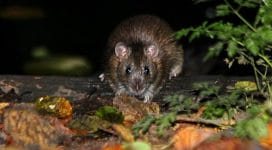
What you need to know about Rats
Mice
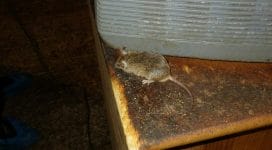
What you need to know about Mice
Wasps

What you need to know about Wasps
Fleas
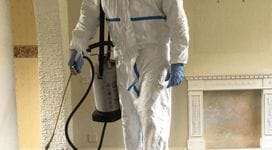
What you need to know about Fleas
Bed Bugs
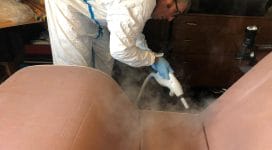
What you need to know about Bed Bugs
Squirrels
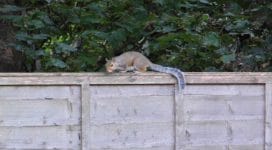
What you need to know about Squirrels
Ant Removal
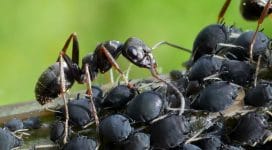
What you need to know about Ant Removal
Carpet Moths
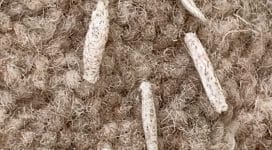
What you need to know about Carpet Moths
Moles
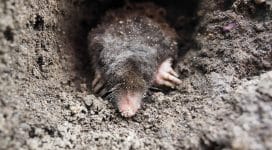
What you need to know about Moles
Bees

What you need to know about Bees
Pigeon Control
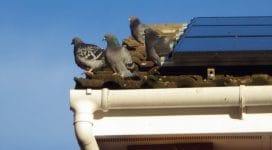
What you need to know about Pigeon Control
Cockroaches

What you need to know about Cockroaches


